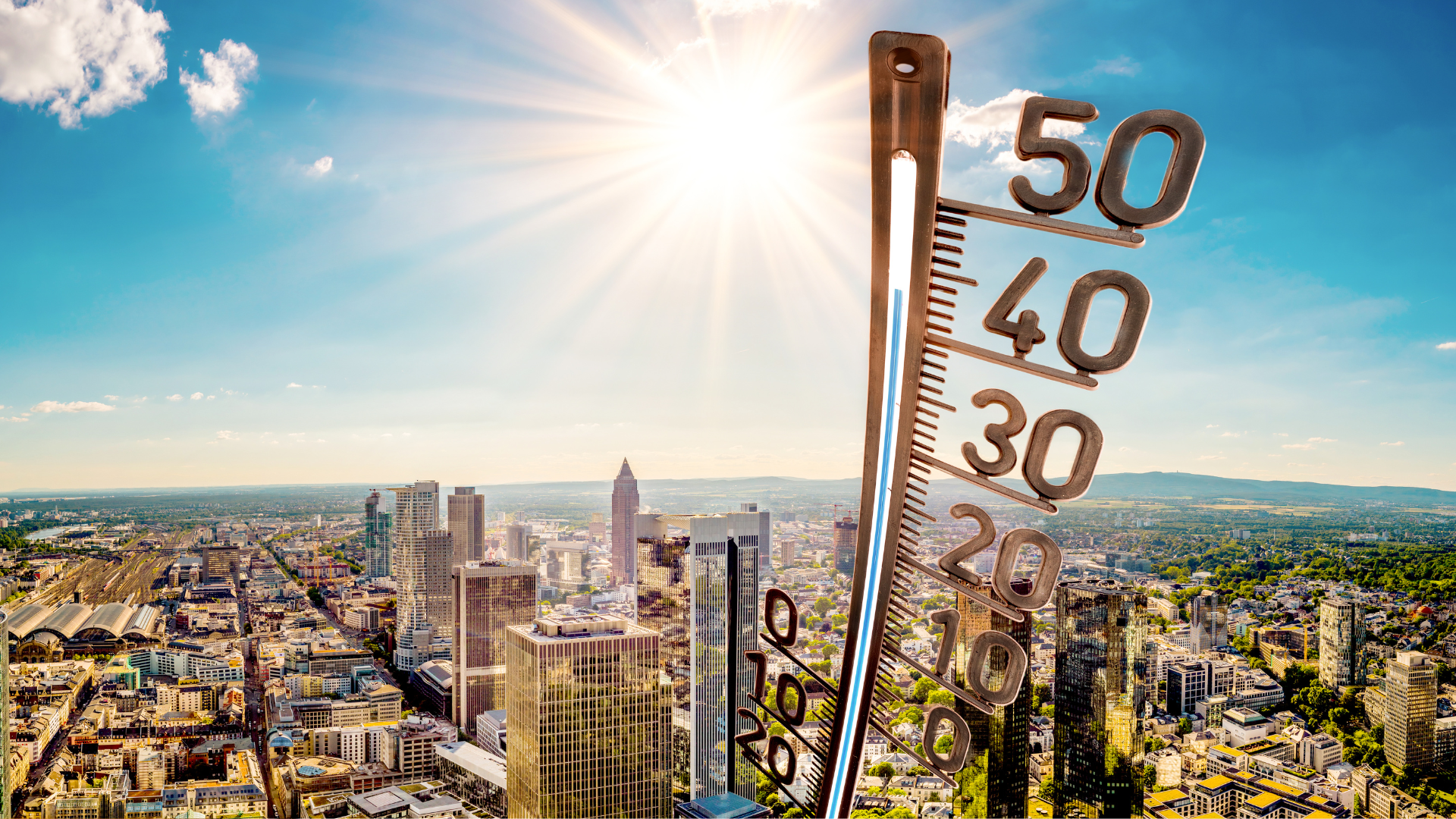The Philippine Atmospheric, Geophysical and Astronomical Services Administration (PAGASA) has warned that 17 areas across the country are now under the “danger” heat index classification, with temperatures soaring between 42°C to 43°C. This intense heat places many Filipinos at risk of heat-related illnesses and calls for heightened public awareness and precaution.
🔥 What Is a Heat Wave and Why Is It Dangerous?
A heat wave refers to prolonged periods of excessive heat, often combined with high humidity, which can have serious effects on health, agriculture, and infrastructure. In PAGASA’s heat index scale, temperatures reaching 42°C and above fall under the “danger” category. This means there is a high likelihood of heat cramps and heat exhaustion, and heat stroke is possible with continued exposure or physical activity.
The following areas are expected to reach critical heat index levels:
- 43°C: Dagupan City (Pangasinan), Coron (Palawan), San Jose (Occidental Mindoro), Virac (Catanduanes)
- 42°C: ISU Echague (Isabela), Subic Bay (Olongapo City), San Ildefonso (Bulacan), Cuyo (Palawan), Roxas City (Capiz), Dumangas (Iloilo), Panglao (Bohol), Catarman (Northern Samar), Dipolog (Zamboanga del Norte), Zamboanga City (Zamboanga del Sur), Busuan (Bukidnon), Cotabato (Maguindanao), Butuan City (Agusan del Norte)
☠️ Health Risks of Extreme Heat
Prolonged exposure to high temperatures can lead to:
- Heat exhaustion: symptoms include heavy sweating, weakness, dizziness, nausea, and headache
- Heat cramps: painful muscle spasms caused by salt and water depletion
- Heat stroke: a life-threatening condition marked by confusion, unconsciousness, and a body temperature above 40°C
🆘 For Emergencies or Inquiries Related to the Ongoing Heat Situation
In light of the current extreme heat conditions, individuals who are experiencing symptoms of heat-related illnesses—such as dizziness, rapid heartbeat, confusion, muscle cramps, or fainting—or those seeking medical assistance or reliable information are strongly advised to contact the appropriate government agencies or emergency services immediately.
The following agencies are equipped to provide assistance, information, and emergency response:
📍 Department of Health (DOH)
- Provides public health advisories, and medical guidance on heat-related illnesses, and coordinates with hospitals and local health units.
- Emergency Hotline: 1555
- Website: www.doh.gov.ph
📍 Philippine Red Cross (PRC)
- Offers emergency medical response, ambulance services, and first aid assistance.
- Hotline: 143 or (02) 8790-2300
- Website: www.redcross.org.ph
📍 Bureau of Fire Protection (BFP)
- Responds to medical emergencies and coordinate rescue and evacuation operations.
- National Emergency Hotline: 911
📍 PAGASA (Philippine Atmospheric, Geophysical and Astronomical Services Administration)
- Releases daily heat index bulletins, weather forecasts, and advisories on extreme weather conditions.
- Website: www.pagasa.dost.gov.ph
📍 Local Disaster Risk Reduction and Management Offices (LDRRMOs)
- Responsible for on-the-ground response and coordination during heat-related emergencies. They can facilitate local evacuation, emergency shelter, and medical assistance.
- Contact your municipal or city government offices for local LDRRMO hotlines and assistance centers.
Residents are encouraged to follow official government social media pages and websites for real-time updates and safety instructions.


